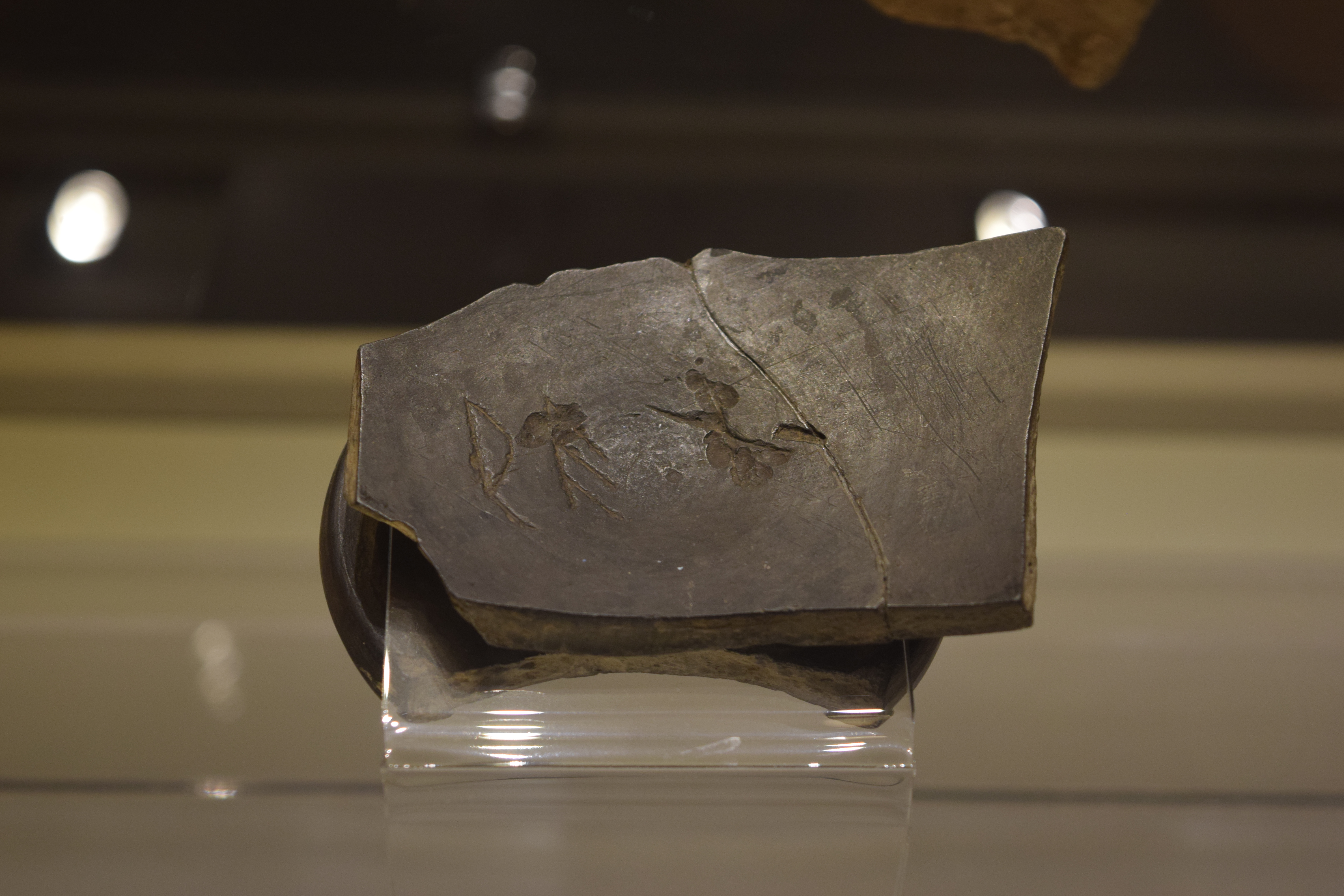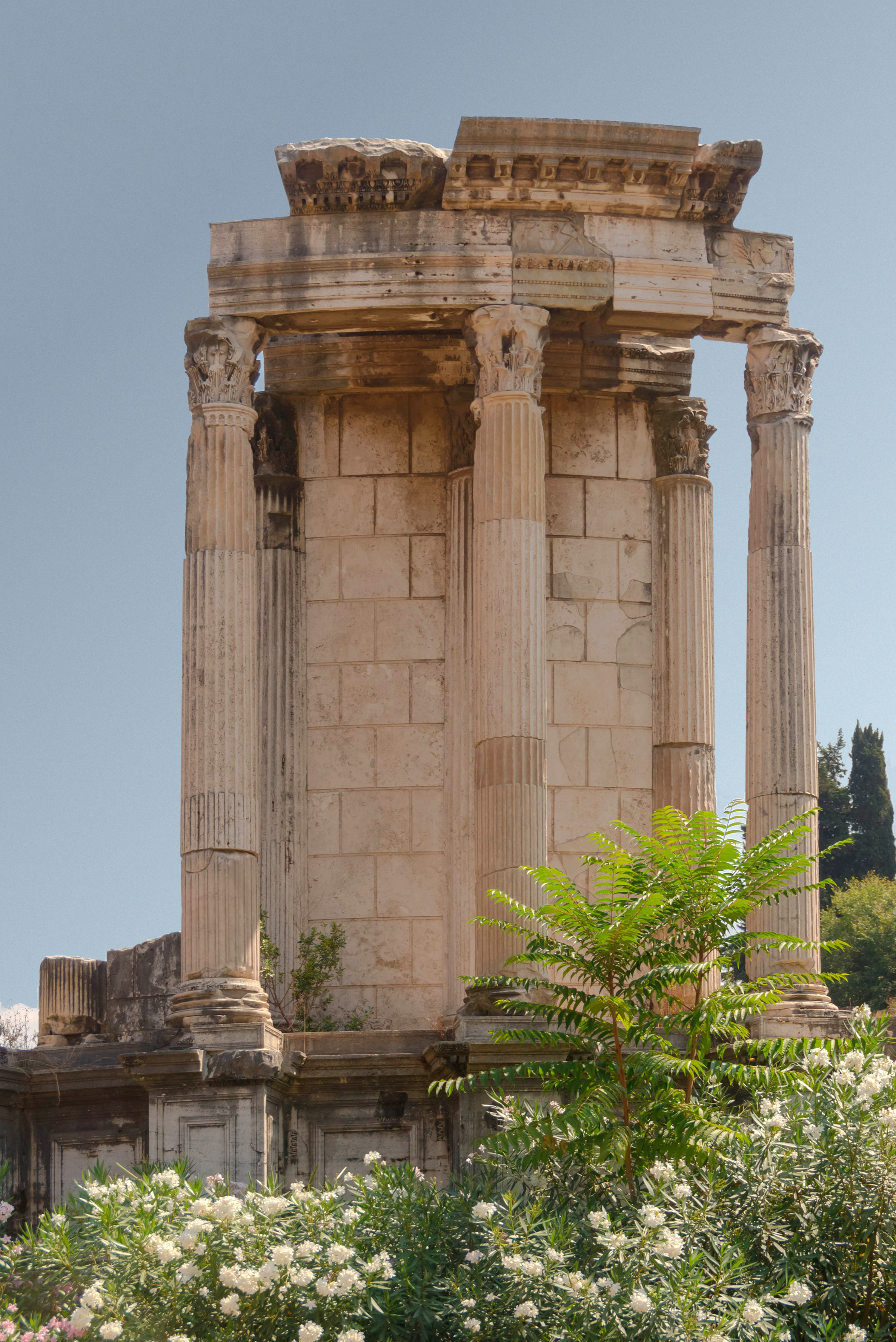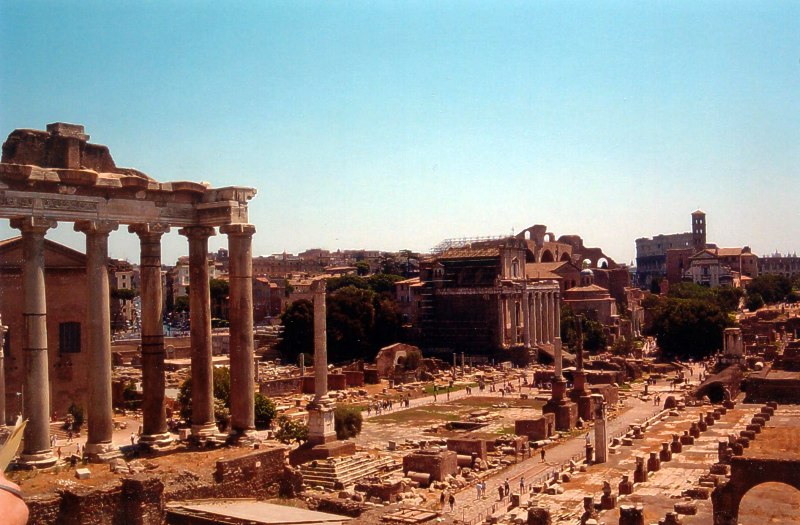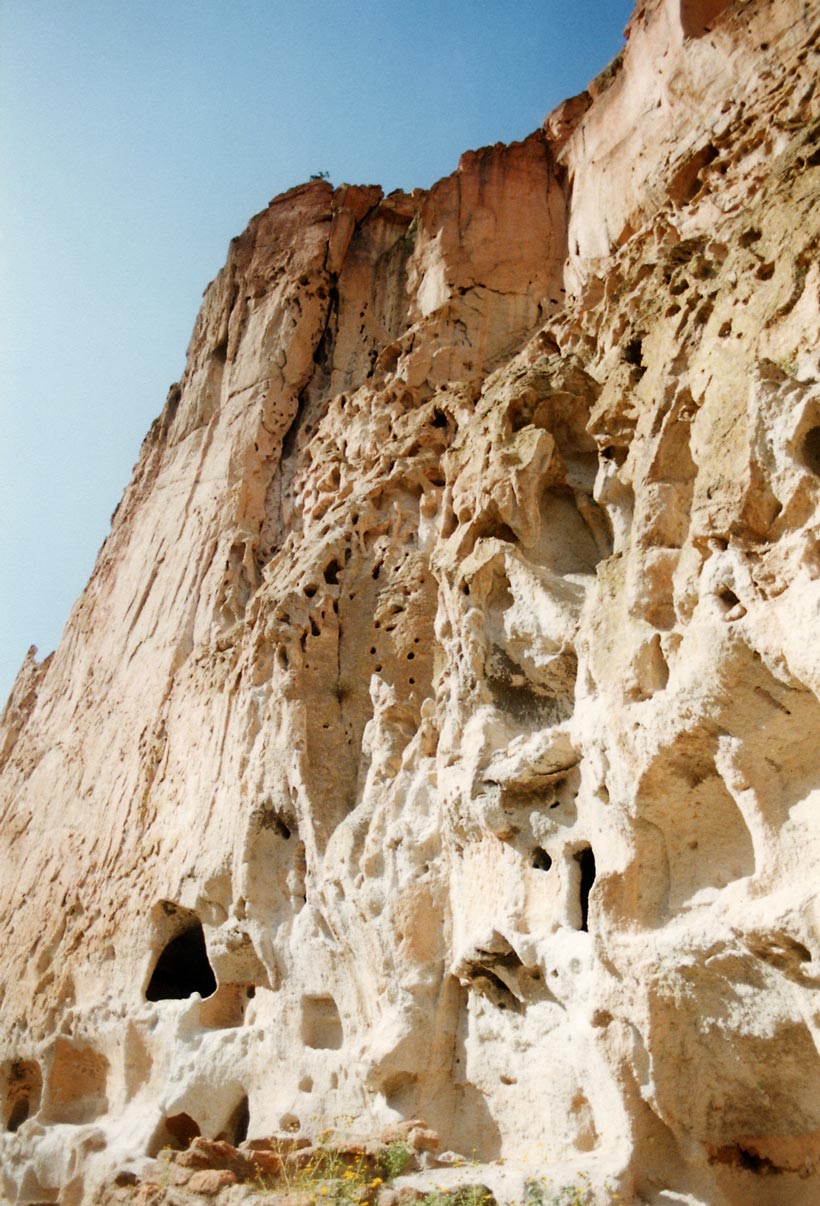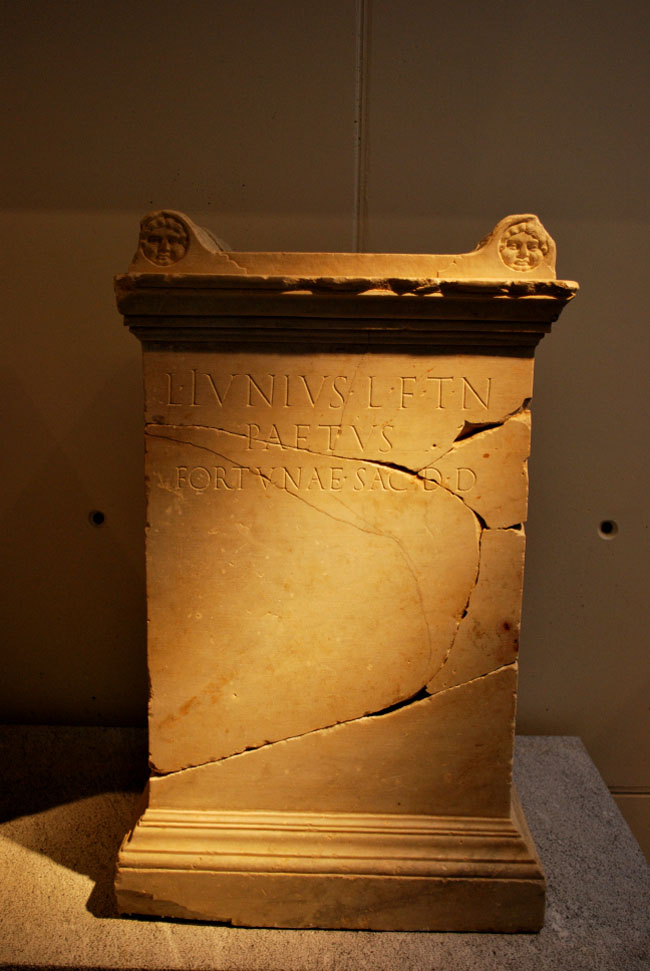|
Regia
The Regia ("Royal house") was a two-part structure in Ancient Rome lying along the Via Sacra at the edge of the Roman Forum that originally served as the residence or one of the main headquarters of kings of Rome and later as the office of the '' pontifex maximus'', the highest religious official of Rome. It occupied a triangular patch of terrain between the Temple of Vesta, the Temple of Divus Julius and Temple of Antoninus and Faustina. Only the foundations of Republican/Imperial Regia remain. Like the Curia it was destroyed and rebuilt several times, as far back as the Roman monarchy. Studies have found multiple layers of similar buildings with more regular features, prompting the theory that this "Republican Regia" was to have a different use. History According to ancient tradition it was built by the second king of Rome, Numa Pompilius, as a royal palace. Indeed, the Latin term ''regia'' can be translated as ''royal residence''. It is said that he also built the Te ... [...More Info...] [...Related Items...] OR: [Wikipedia] [Google] [Baidu] |
Temple Of Caesar
The Temple of Caesar or Temple of Divus Iulius (; ), also known as Temple of the Deified Julius Caesar, ''delubrum'', '' heroon'' or Temple of the Comet Star,Pliny the Elder, ''Naturalis Historia'', 2.93–94 was an ancient structure in the Roman Forum of Rome, Italy, located near the ''Regia'' and the Temple of Vesta. The remains of Caesar's altar are a pilgrimage site for visitors from across Italy and the world. Flowers and other items are left there daily and special commemorations take place on March 15 to commemorate Caesar's death. History The temple was decreed by the triumvirs Octavian, Antony and Lepidus in 42 BC after the senate deified Julius Caesar posthumously. However it was completed by Octavian alone: he dedicated the prostyle temple (it is still unknown whether its order was Ionic, Corinthian or composite) to Caesar, his adoptive father, on 18 August 29 BC, as part of the triple triumph celebrating his victory over Antony and Cleopatra. It stands on ... [...More Info...] [...Related Items...] OR: [Wikipedia] [Google] [Baidu] |
Temple Of Vesta
The Temple of Vesta, or the aedes (Latin ''Glossary of ancient Roman religion#aedes, Aedes Vestae''; Italian language, Italian: ''Tempio di Vesta''), was an ancient edifice in Rome, Italy. It is located in the Roman Forum near the Regia and the House of the Vestals, House of the Vestal Virgins. The Temple of Vesta housed Vesta's holy fire, which was a symbol of Rome's safety and prosperity. The temple has a circular footprint, making it a Tholos (architecture), tholos. Since the worship of Vesta (mythology), Vesta began in private homes, the architecture seems to pay homage to the architecture of early Roman homes. The temple's current, ruinous form employs elements of Architecture of Ancient Greece, Greek architecture with Corinthian columns and marble. The sacred hearth was housed in a central cella. The surviving structure indicates that there were twenty Corinthian columns built on a podium fifteen meters in diameter. The roof probably had a vent at the apex to allow smoke to ... [...More Info...] [...Related Items...] OR: [Wikipedia] [Google] [Baidu] |
Ancient Rome
In modern historiography, ancient Rome is the Roman people, Roman civilisation from the founding of Rome, founding of the Italian city of Rome in the 8th century BC to the Fall of the Western Roman Empire, collapse of the Western Roman Empire in the 5th century AD. It encompasses the Roman Kingdom (753–509 BC), the Roman Republic (50927 BC), and the Roman Empire (27 BC476 AD) until the fall of the western empire. Ancient Rome began as an Italic peoples, Italic settlement, traditionally dated to 753 BC, beside the River Tiber in the Italian peninsula. The settlement grew into the city and polity of Rome, and came to control its neighbours through a combination of treaties and military strength. It eventually controlled the Italian Peninsula, assimilating the Greece, Greek culture of southern Italy (Magna Graecia) and the Etruscans, Etruscan culture, and then became the dominant power in the Mediterranean region and parts of Europe. At its hei ... [...More Info...] [...Related Items...] OR: [Wikipedia] [Google] [Baidu] |
Domus Publica
This list of monuments of the Roman Forum (''Forum Romanum'') includes existing and former buildings, memorials and other built structures in the famous Roman public plaza during its 1,400 years of active use (8th century BC–ca 600 AD). It is divided into three categories: those ancient structures that can be seen today as ruins or reconstructions, ancient structures that have vanished or exist only as fragments, and churches of the later, Christian, era. Many of the Forum's monuments were originally built in the periods of the Roman Kingdom (753 BC–509 BC) and the Roman Republic (509 BC–27 BC), although most were destroyed and rebuilt several times. The existing ruins generally date from the Roman Empire (27 BC–476 AD). Existing (or reconstructed) ruins Temples * Temple of Castor and Pollux (494 BC) *Temple of Saturn (501 BC) *Temple of Vesta (7th century BC) *Temple of Venus and Roma (135) * Temple of Antoninus and Faustina (141) * Temple of Caesar (29 BC) *Temple of Ve ... [...More Info...] [...Related Items...] OR: [Wikipedia] [Google] [Baidu] |
Fratres Arvales
In ancient Roman religion, the Arval Brethren (, "Brothers of the Fields") or Arval Brothers were a body of priests who offered annual sacrifices to the Lares and gods to guarantee good harvests. Inscriptions provide evidence of their oaths, rituals and sacrifices. Origin Roman legend held that the priestly college was originated by Romulus, first king of Rome, who took the place of a dead son of his nurse Acca Laurentia, and formed the priesthood with the remaining eleven sons. They were also connected originally with the Sabine priesthood of ''Sodales Titii'' who were probably originally their counterpart among the Sabines. Thus, it can be inferred that they existed before the founding of the city.Aulus Gellius VII 7, 7; Pliny XVII 2, 6. There is further proof of the high antiquity of the college in the verbal forms of the song with which, down to late times, a part of the ceremonies was accompanied, and which is still preserved. They persisted to the imperial period. Struc ... [...More Info...] [...Related Items...] OR: [Wikipedia] [Google] [Baidu] |
House Of The Vestals
The House of the Vestal Virgins (; ) was the residence of Vestal Virgins, located behind the circular Temple of Vesta at the eastern edge of the Roman Forum, between the Regia and the Palatine Hill. The ''domus publica'', where the Pontifex Maximus dwelled, was located near the Atrium until that role was assumed by the emperors.SCOTT, RUSSELL T., Paul Henderson, Charlotte Steffensen, Christina Trier, Lorenzo Costantini, John Giorgi, and A. J. Ammerman. “Excavations in the Area Sacra of Vesta (1987–1996).” Memoirs of the American Academy in Rome. Supplementary Volumes 8 (2009): i–167. http://www.jstor.org/stable/25759485. Structure The ''Atrium Vestae'' was a three-story 50-room palace in the ancient Roman Forum built around an elegant elongated atrium or court with a double pool. To the very east is an open vaulted hall with a statue of Numa Pompilius, the mythological founder of the cult. The complex lay at the foot of the Palatine Hill, where a sacred grove that was sl ... [...More Info...] [...Related Items...] OR: [Wikipedia] [Google] [Baidu] |
College Of Pontiffs
The College of Pontiffs (; see ''collegium'') was a body of the ancient Rome, ancient Roman state whose members were the highest-ranking priests of the Religion in ancient Rome, state religion. The college consisted of the ''pontifex maximus'' and the other ''Pontiff, pontifices'', the ''rex sacrorum'', the fifteen ''flamens'', and the Vestals. The College of Pontiffs was one of the four major priestly colleges; originally their responsibility was limited to supervising both public and private sacrifices, but as time passed their responsibilities increased. The other colleges were the ''Augur, augures'' (who read omens), the ''quindecimviri sacris faciundis '' ("fifteen men who carry out the rites"), and the ''epulones'' (who set up feasts at festivals). The title ''pontiff, pontifex'' comes from the Latin for "bridge builder", a possible allusion to a very early role in placating the gods and spirits associated with the Tiber River, for instance. Also, Varro cites this position a ... [...More Info...] [...Related Items...] OR: [Wikipedia] [Google] [Baidu] |
List Of Kings Of Rome
The Roman Kingdom, also known as the Roman monarchy and the regal period of ancient Rome, was the earliest period of Roman history when the city and its territory were ruled by kings. According to tradition, the Roman Kingdom began with the city's founding , with settlements around the Palatine Hill along the river Tiber in central Italy, and ended with the overthrow of the kings and the establishment of the Republic . Little is certain about the kingdom's history as no records and few inscriptions from the time of the kings have survived. The accounts of this period written during the Republic and the Empire are thought largely to be based on oral tradition. Origin The site of the founding of the Roman Kingdom (and eventual Republic and Empire) included a ford where one could cross the river Tiber in central Italy. The Palatine Hill and hills surrounding it provided easily defensible positions in the wide fertile plain surrounding them. Each of these features contribut ... [...More Info...] [...Related Items...] OR: [Wikipedia] [Google] [Baidu] |
Mars (god)
In ancient Roman religion and mythology, Mars (, ) is the god of war and also an agricultural guardian, a combination characteristic of early Rome. He is the son of Jupiter and Juno, and was pre-eminent among the Roman army's military gods. Most of his festivals were held in March, the month named for him ( Latin ''Martius''), and in October, the months which traditionally began and ended the season for both military campaigning and farming. Under the influence of Greek culture, Mars was identified with the Greek god Ares,''Larousse Desk Reference Encyclopedia'', The Book People, Haydock, 1995, p. 215. whose myths were reinterpreted in Roman literature and art under the name of Mars. The character and dignity of Mars differs in fundamental ways from that of his Greek counterpart, who is often treated with contempt and revulsion in Greek literature. Mars's altar in the Campus Martius, the area of Rome that took its name from him, was supposed to have been dedicated by ... [...More Info...] [...Related Items...] OR: [Wikipedia] [Google] [Baidu] |
Gnaeus Domitius Calvinus
Gnaeus Domitius Calvinus was a Roman general, senator and consul (both in 53 BC and 40 BC) who was a loyal partisan of Caesar and Octavianus. Biography Domitius Calvinus came from a noble family and was elected consul for 53 BC, despite a notorious electoral scandal. He was on Caesar's side during the Civil War with Pompey. During the campaign in Greece, Caesar sent Domitius with two legions to intercept Metellus Scipio who was bringing the Syrian legions to Pompey. At the decisive Battle of Pharsalus he commanded the centre of Caesar's army. After the battle he became governor of Asia. He tried to oppose the invasion of Pharnaces, the king of Bosphorus, who had taken the occasion of the Roman civil war to invade the province of Pontus; however, he suffered a crushing defeat at the Battle of Nicopolis in Armenia (December of 48 BC). Direct intervention by Caesar brought a quick end to the conflict, and Pharnaces' army was annihilated at Zela in 47 BC. Despite this fail ... [...More Info...] [...Related Items...] OR: [Wikipedia] [Google] [Baidu] |
Tuff
Tuff is a type of rock made of volcanic ash ejected from a vent during a volcanic eruption. Following ejection and deposition, the ash is lithified into a solid rock. Rock that contains greater than 75% ash is considered tuff, while rock containing 25% to 75% ash is described as ''tuffaceous'' (for example, ''tuffaceous sandstone''). A pyroclastic rock containing 25–75% volcanic bombs or volcanic blocks is called tuff breccia. Tuff composed of sandy volcanic material can be referred to as volcanic sandstone. Tuff is a relatively soft rock, so it has been used for construction since ancient times. Because it is common in Italy, the Romans used it often for construction. The Rapa Nui people used it to make most of the ''moai'' statues on Easter Island. Tuff can be classified as either igneous or sedimentary rock. It is usually studied in the context of igneous petrology, although it is sometimes described using sedimentological terms. Tuff is often erroneously called t ... [...More Info...] [...Related Items...] OR: [Wikipedia] [Google] [Baidu] |
Glossary Of Ancient Roman Religion
The vocabulary of ancient Roman religion was highly specialized. Its study affords important information about the religion, traditions and beliefs of the ancient Romans. This legacy is conspicuous in European cultural history in its influence on later juridical and religious vocabulary in Europe, particularly of the Christian Church. This glossary provides explanations of concepts as they were expressed in Latin pertaining to Religion in ancient Rome, religious practices and beliefs, with links to articles on major topics such as priesthoods, forms of divination, and rituals. For theonyms, or the names and epithets of gods, see List of Roman deities. For public religious holidays, see Roman festivals. For temples see the List of Ancient Roman temples. Individual landmarks of religious Topography of ancient Rome, topography in ancient Rome are not included in this list; see Roman temple. __NOTOC__ Glossary A abominari The verb ''abominari'' ("to avert an omen", from ''ab-'', ... [...More Info...] [...Related Items...] OR: [Wikipedia] [Google] [Baidu] |
